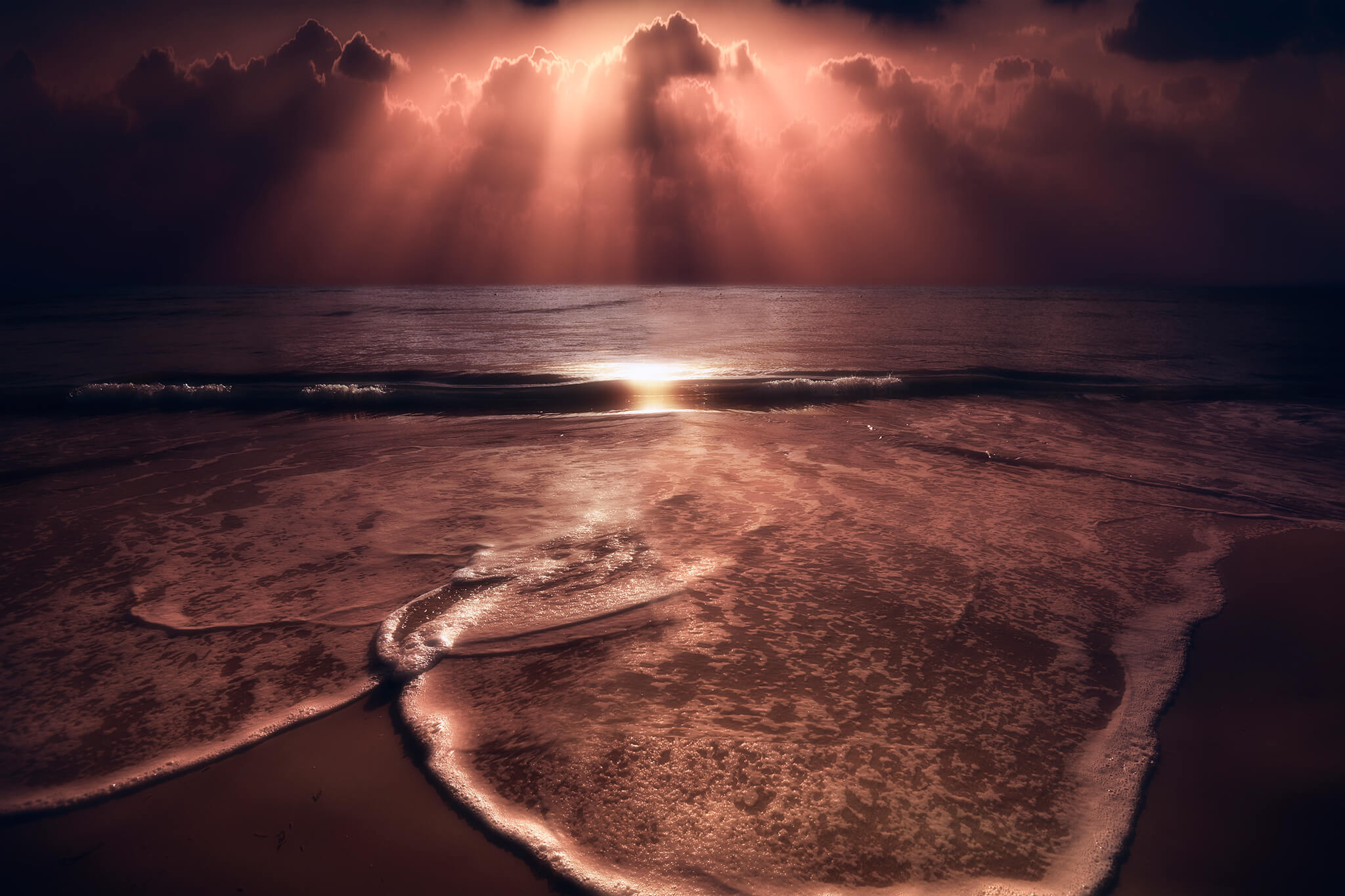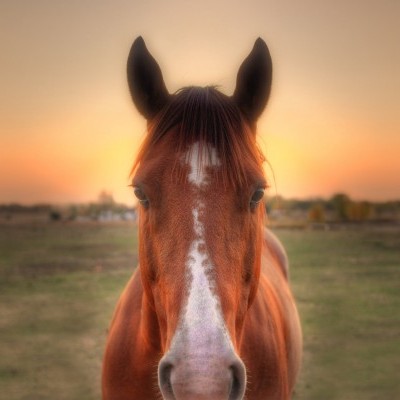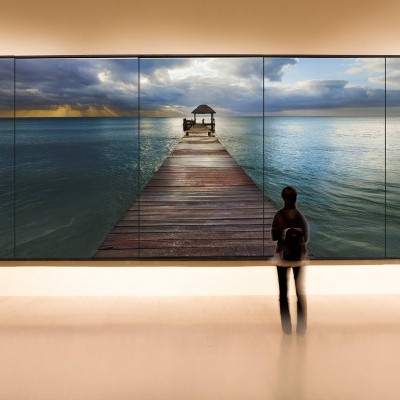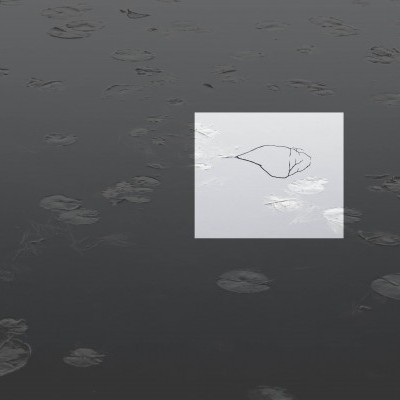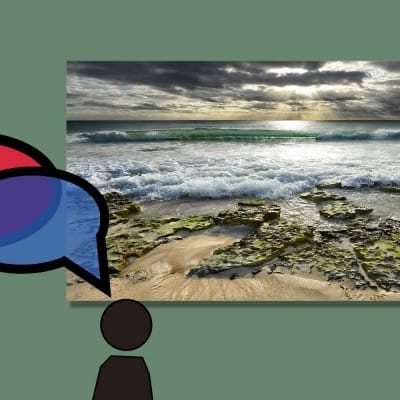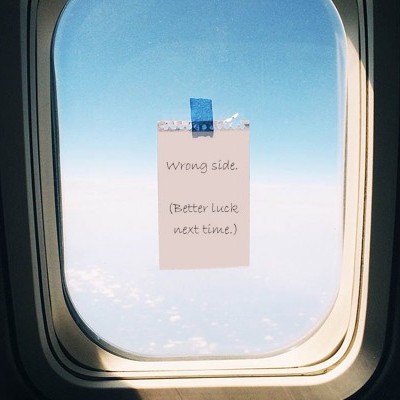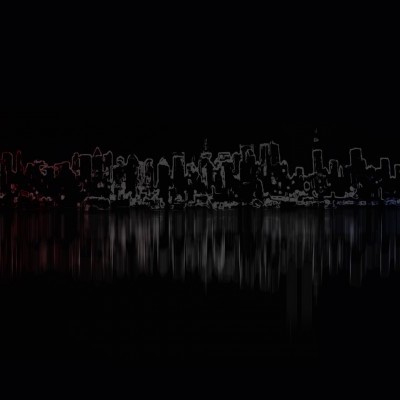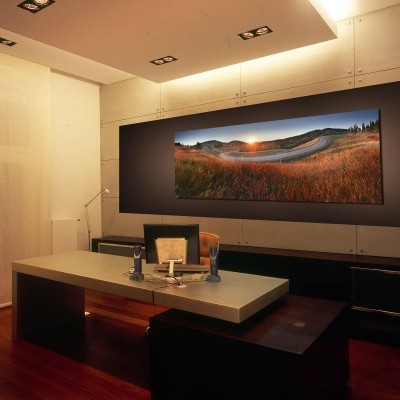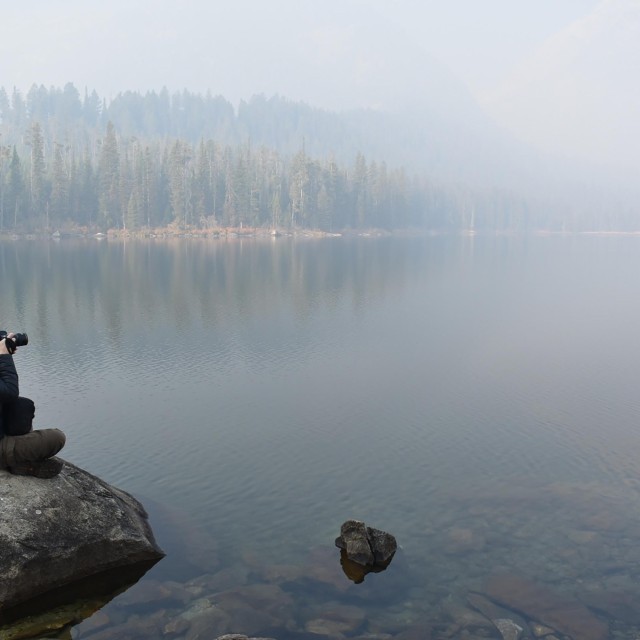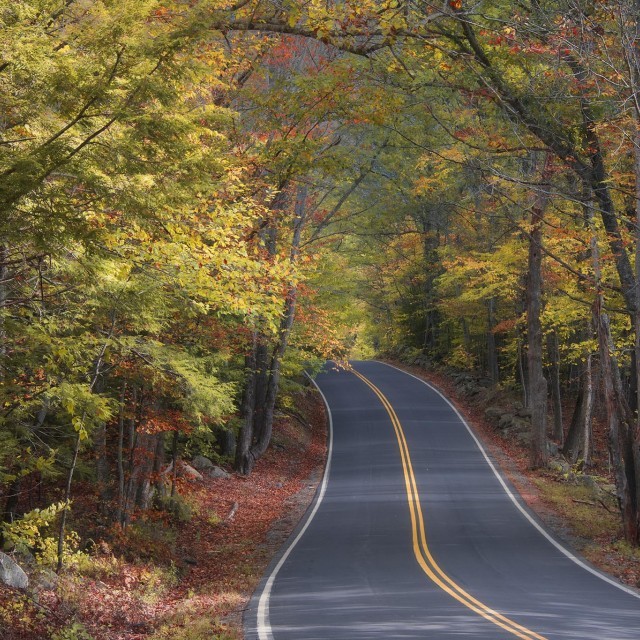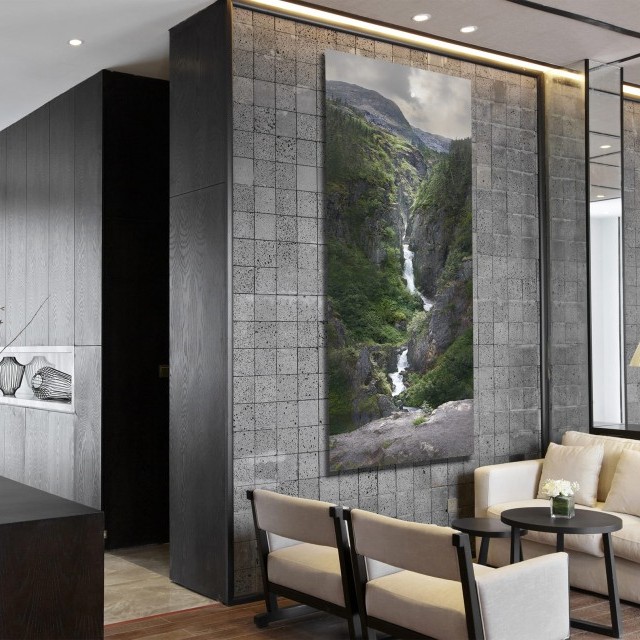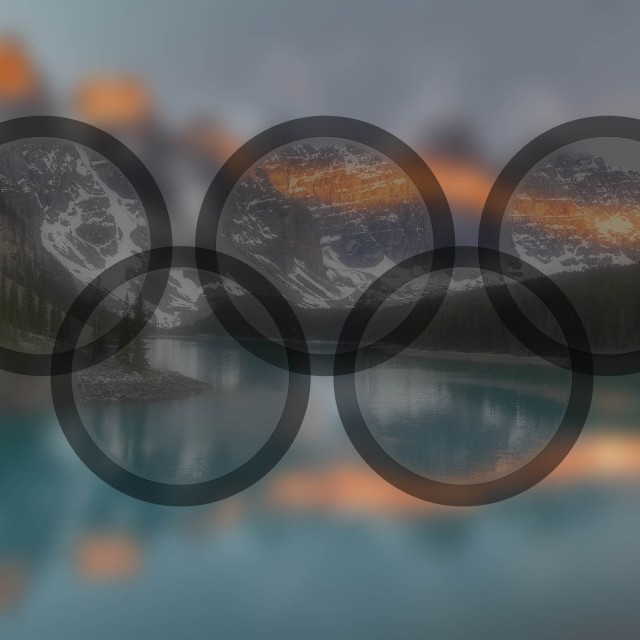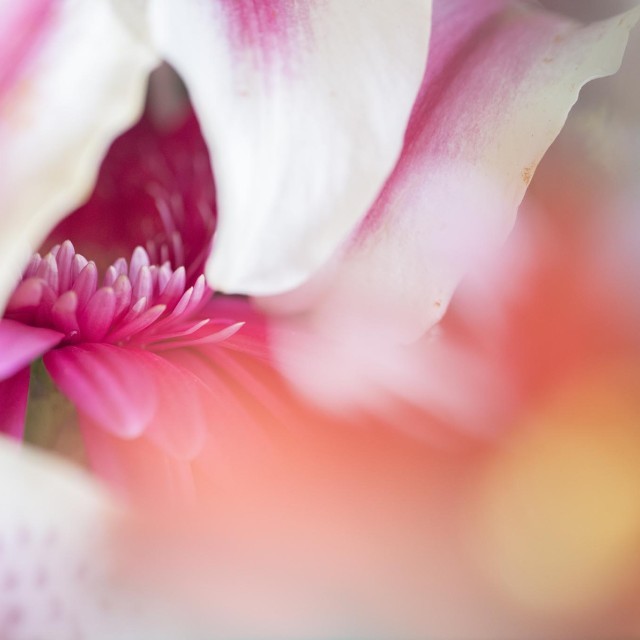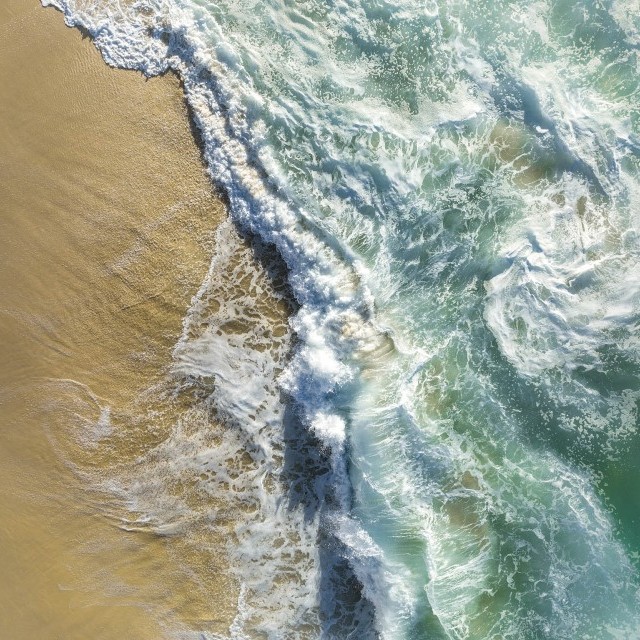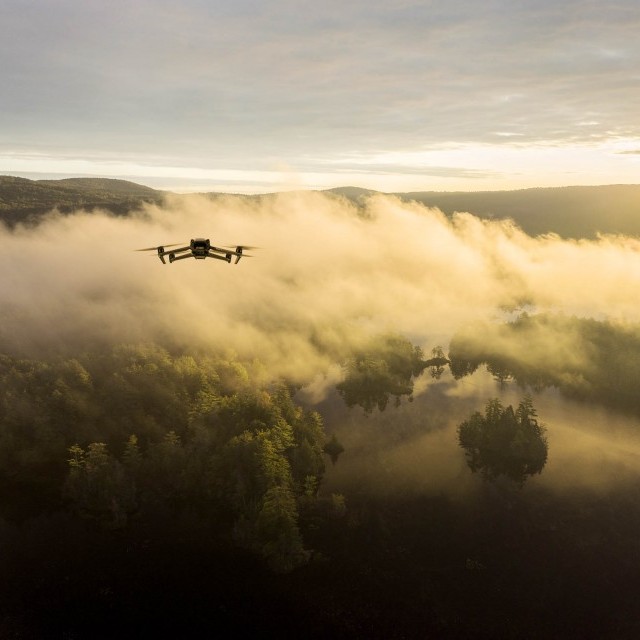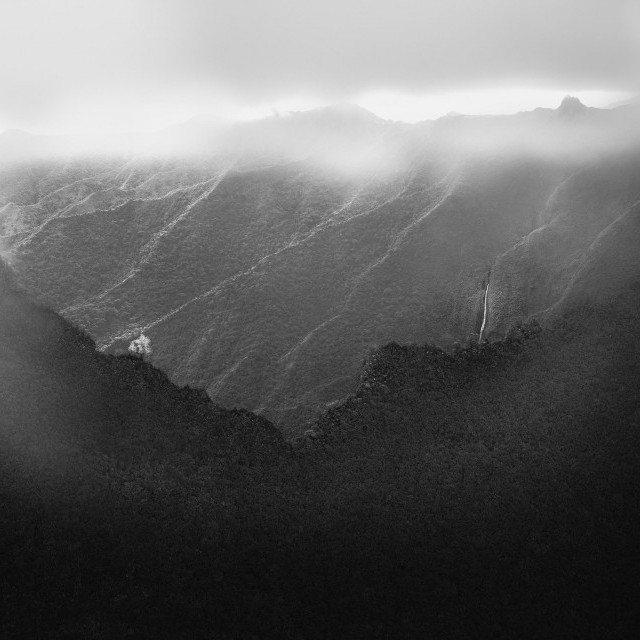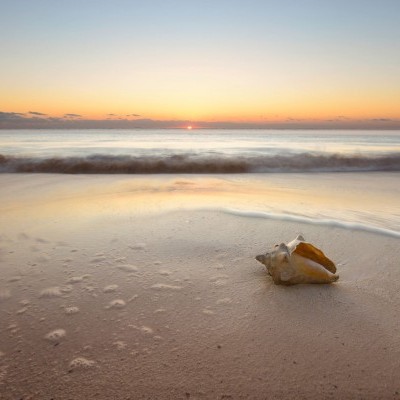
Camera in hand, I stand there thinking...
…if only…
A scene isn’t quite perfect.
The light isn’t quite right.
It’s the wrong time of day.
There’s something in the way.
The scene could never exist the way I wish it would.
For a perfectionist who is hyper-aware of details, it can be an awfully frustrating world to live in. A picture is (almost) never perfect. Luck will rarely mend with proper timing and perfect conditions.
Painters get to create their own worlds.
They get to create the scene in their minds and then express it through the art of applying paint. They live by their own rules.
When it comes to photography, people have come away with the impression that the only art in photography is to capture what the camera captures. In essence, the camera is the paintbrush.
This opinion was established when we did not have the digital technology we have today. Not only was changing a photograph not accepted, it was quite difficult to do so. The "purity" of the photo left untouched became the standard when film dominated the industry.
You’d be astonished, however, at how much photographic images were changed in the darkroom behind the scenes even back in the day by the elite professionals.
Technically speaking, photographic recordings have been adjusted for a very long time by masters of their craft, even before the digital age.
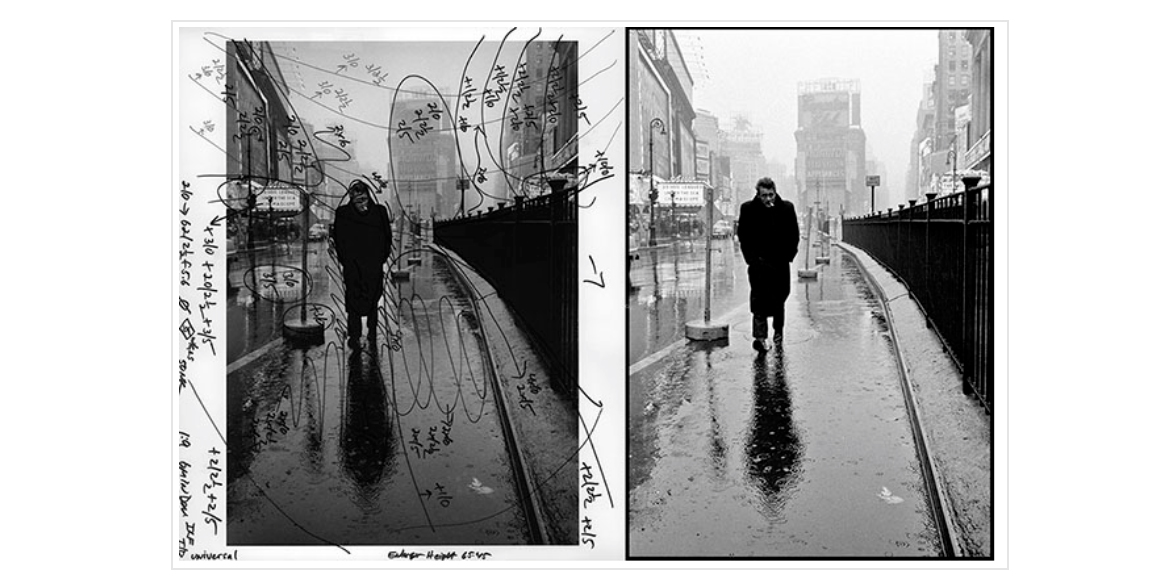
Technically speaking, photographic recordings have been adjusted for a very long time by masters of their craft, even before the digital age.
The shadow cast by "old-fashioned" film photography is far-reaching, and so is the opinion of what the general use of a camera is. Mostly, cameras are associated with photo journalism, a term defined by a photographer who captures a split second of time for historic record. Think of the most famous photographs of news events. A reoccurring theme in my college journalism classes was that journalism (whatever the form) was meant to be untouched in its report on any happening. It’s easy to see why the image as it relates to journalism should not be retouched. We should not change the visual record of history. Its integrity is its accuracy.
Old-fashioned notions that come with cameras have people mixing up journalistic photography with creative photography.
If creative artists today lived by the rules of photo journalism, photographic art would not be quite as fascinating. After all, a creative image is meant to conjure a feeling, not to place a mark on a timeline for historic record.
Do you use Photoshop?
Back in the day on the art show circuit, I’d get this question all the time. It pops up less these days, but it is something every photographer is asked.
For me, Photoshop is just the beginning. I spend hours and hours on some images using different digital technology. The reason why I push the button on a camera is so that I can later see what comes of it in post-processing, the digital tweaks to create the final artwork. This is where the real fun and creativity really comes in.
But Kyle, other photographers don’t use Photoshop though!
The truth in this statement is almost completely gone in today’s world--especially for any photographic artist who makes a living from creative photography. The tendency of ridiculously powerful digital cameras is to rely on software required to process its images. It’s nearly impossible not to have to use a program like Photoshop to finish a photo and publish it, print it, or even post it online.
In fact, the importance and significance of skillfully and artfully post-processing an image is almost as important as the original captured image itself. To me, I love doing both. I see great value and joy in both steps.
I’ve been in the photography industry for quite some time and there is a LOT of controversy surrounding what nature photographers should or shouldn’t do.
Should you remove that garbage can in the photo?
Should you remove that person over there?
Should you add saturation to that sky?
Should you change the sky altogether and add clouds?
My simple rule for creating photographic imagery is this: There are no rules. Period. Rules restrict creativity.
The camera is amazing at capturing a picture of history, but my job is to create a feeling.
